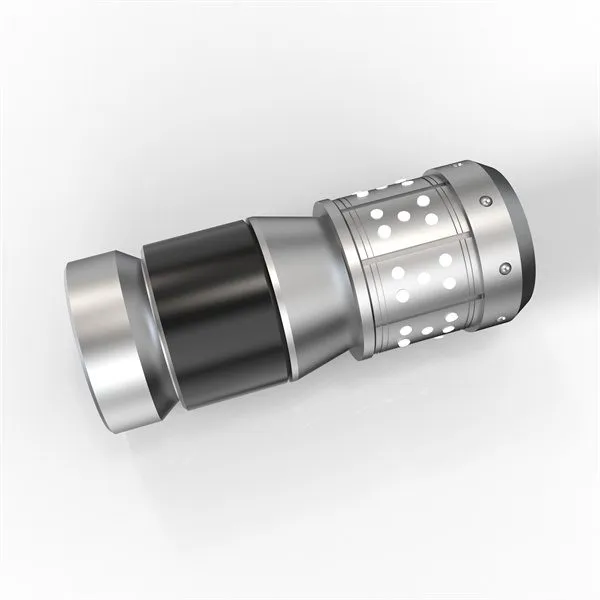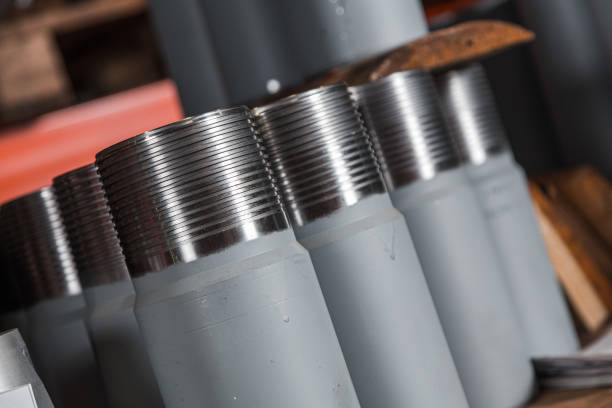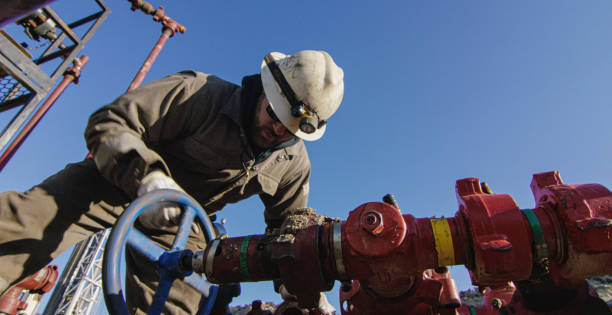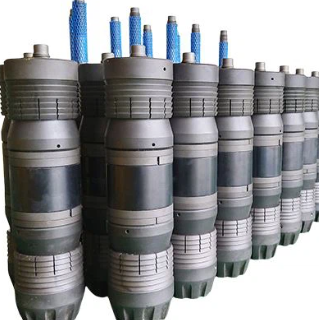English
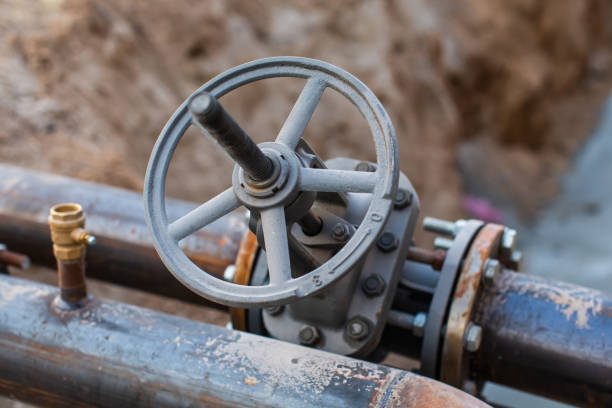
Double Block and Bleed Valve: The Ultimate Solution for Safe and Reliable Pipeline Isolation
In highrisk industrial sectors such as oil & gas, chemical processing, power generation, and offshore platforms, operational safety and system integrity are nonnegotiable. One of the most trusted components for achieving secure pipeline isolation is the Double Block and Bleed Valve (DBB Valve).

This article explores the purpose, design, advantages, and application scenarios of double block and bleed valves, helping you understand why they are a critical part of safe flow control systems—and how to select the right DBB valve for your operations.
What is a Double Block and Bleed Valve?
A Double Block and Bleed Valve is a specially designed valve system that provides positive isolation by integrating two separate sealing surfaces (blocks) and a third mechanism (bleed) that allows any trapped fluid to be safely drained or monitored.
In simpler terms, a DBB valve performs three main functions:
- Blocks fluid from both sides using two independent seating elements.
- Bleeds off any pressure or fluid between the two sealing points.
- Provides a secure shutoff for maintenance, calibration, or repair activities.
It is commonly used in applications where zero leakage and safety assurance are critical.
Why Use a Double Block and Bleed Valve?
- Enhanced Safety
By isolating pressure from both upstream and downstream sides and allowing the cavity to be vented, DBB valves reduce the risk of system overpressure, contamination, or accidental discharge during maintenance.
- Space and Cost Efficiency
Compared to installing two individual isolation valves and a bleed valve, a DBB valve combines all functions into a compact unit. This reduces footprint, lowers installation costs, and simplifies the piping layout.
- Leak Prevention and Verification
The bleed port between the two block valves allows operators to verify the integrity of isolation and confirm there is no leakage before working downstream.
- Compliance with International Standards
Many industry regulations—such as API 6D, ASME B16.34, and ISO 10497—recommend or require DBB systems in critical isolation areas like custody transfer or hazardous material handling.
Common Types of Double Block and Bleed Valves
DBB valves come in several configurations depending on design, media type, and application:
- Ball Type DBB Valve Uses two ball valves and a bleed valve in a single or modular body.
Suitable for highpressure applications and hydrocarbon service. - Gate Type DBB Valve Incorporates two slab or expanding gate valves with a bleed mechanism.
Ideal for pipelines requiring zero leakage shutoff. - Needle or Plug Type Often used in instrument isolation, process sampling, and measurement systems.
Compact and precise, but more suitable for lowpressure applications. - Integral vs. Modular DBB Valves Integral DBB: All components are housed in a single forged body.
Modular DBB: Individual valves assembled as a system. Easier to replace or upgrade specific parts. Where are DBB Valves Used?
Due to their reliability and safety features, double block and bleed valves are used across a wide range of sectors:
Oil and Gas Pipelines
For isolating sections during maintenance and ensuring no gas or liquid remains trapped.
Chemical and Petrochemical Plants
Prevent crosscontamination or hazardous leaks between processing units.
Power Generation
For safe isolation of highpressure steam, feedwater, or gas lines.
Marine and Offshore Platforms
Spacesaving and corrosionresistant DBB valves are vital for safe operations in compact or submerged environments.
Instrumentation Systems
Provide clean isolation in flow, pressure, and temperature measuring systems.
Key Considerations When Selecting a DBB Valve
To choose the right double block and bleed valve for your needs, evaluate the following:
- Pressure and Temperature Ratings
Ensure the valve’s design pressure and temperature range meet or exceed system operating conditions.
- Valve Material
Stainless steel, carbon steel, duplex, or special alloys are chosen based on the fluid’s corrosiveness and temperature.
- End Connections
DBB valves are available with flanged, threaded, butt weld, or socket weld connections. Choose based on installation requirements.
- Testing and Certification
Check for compliance with standards like API 6D, API 607 (firesafe), ISO 15848 (fugitive emission), and PED/CE marking.
- Operation Type
Manual lever, gearoperated, or actuated DBB valves can be selected depending on the need for automation and system control.
- Bleed Port Type
Bleed ports may include needle valves or ball valves depending on the pressure and fluid characteristics.
Benefits of Integrating DBB Valves in Your System
| Feature | Benefit |
| | |
| Dual Isolation | Ensures 100% blockage of upstream and downstream flow |
| Integrated Bleed | Confirms leakfree isolation; improves safety |
| Compact Design | Reduces space, weight, and installation time |
| Easy Maintenance | Reduces need for multiple valve assemblies |
| Reduced Risk | Ideal for toxic, highpressure, or flammable fluids |
DBB Valve vs. Double Isolation and Bleed (DIB)
It’s important to distinguish between Double Block and Bleed (DBB) and Double Isolation and Bleed (DIB):
DBB: Two independent sealing surfaces, each capable of isolating pressure from both directions.
DIB: At least one of the seals is unidirectional, relying on pressure balance for effectiveness.
Use DBB valves where total isolation and bleeding are essential, especially for safetycritical environments.
Conclusion
The Double Block and Bleed Valve is a vital component for any operation that demands secure isolation, reliable shutdown, and protection from system overpressure. From natural gas pipelines to offshore oil rigs, DBB valves are trusted worldwide to ensure safety, regulatory compliance, and operational efficiency.
When sourcing DBB valves, prioritize trusted suppliers that offer full compliance with industry standards, a wide range of configurations, and expert technical support. By integrating highquality DBB valves into your system, you not only enhance safety but also reduce maintenance downtime and improve overall performance.


